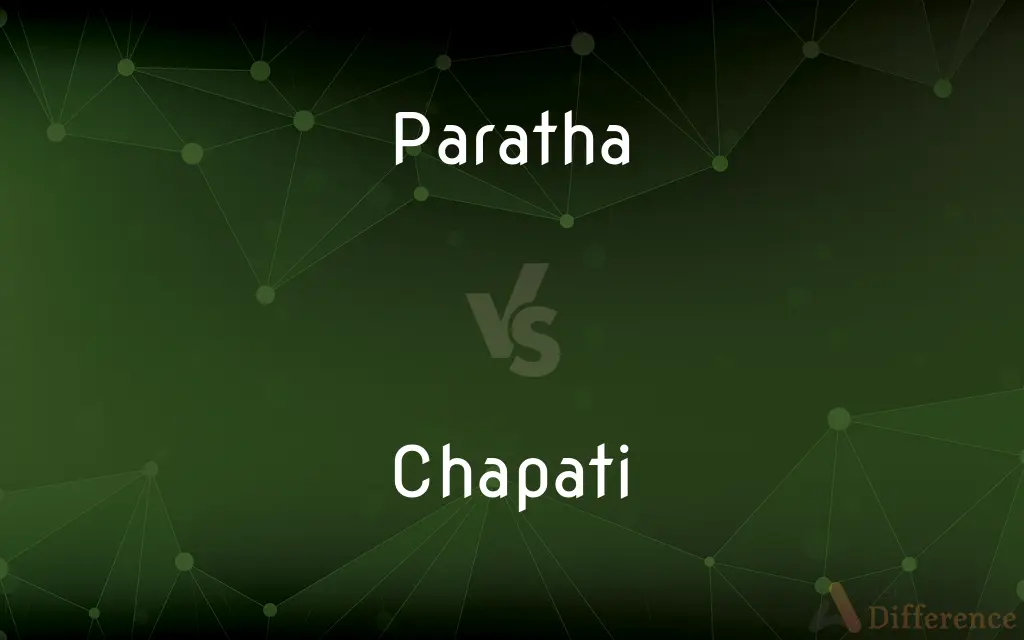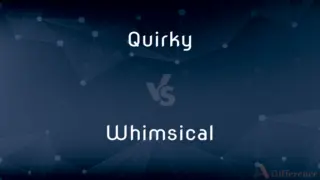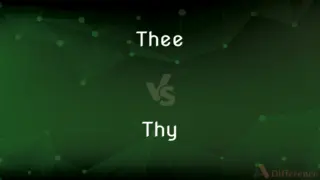Paratha vs. Chapati — What's the Difference?

Difference Between Paratha and Chapati
ADVERTISEMENT
Compare with Definitions
Paratha
A paratha (pronounced [pəˈrɑːtʰə]) is a flatbread native to the Indian subcontinent, prevalent throughout the modern-day nations of India, Sri Lanka, Pakistan, Nepal, Bangladesh, Maldives and Myanmar, where wheat is the traditional staple. Paratha is an amalgamation of the words parat and atta, which literally means layers of cooked dough.
Chapati
Chapati (alternatively spelled chapatti, chappati, chapathi, or chappathi; pronounced as IAST: capātī, capāṭī, cāpāṭi), also known as roti, rotli, safati, shabaati, phulka and (in the Maldives) roshi, is an unleavened flatbread originating from the Indian subcontinent and staple in India, Nepal, Bangladesh, Pakistan, Sri Lanka, East Africa, Arabian Peninsula and the Caribbean. Chapatis are made of whole-wheat flour known as atta, mixed into dough with water, oil and optional salt in a mixing utensil called a parat, and are cooked on a tava (flat skillet).It is a common staple in the Indian subcontinent as well as amongst expatriates from the Indian subcontinent throughout the world.
Paratha
An Indian bread with a texture somewhat resembling puff pastry; sometimes stuffed with vegetables etc.
Chapati
A flat, unleavened, disk-shaped bread of northern India, made of wheat flour, water, and salt. Also called roti.
Chapati
A flat, unleavened bread from northern India and Pakistan.
ADVERTISEMENT
Chapati
A flat pancakelike bread cooked on a griddle, originating in India.
Chapati
Flat pancake-like bread cooked on a griddle
Share Your Discovery

Previous Comparison
Quirky vs. Whimsical
Next Comparison
Thee vs. Thy













































